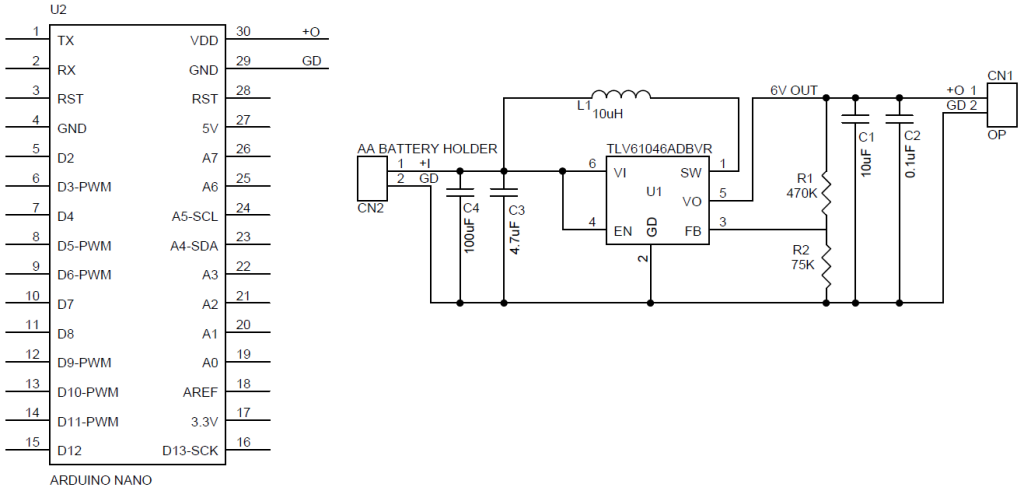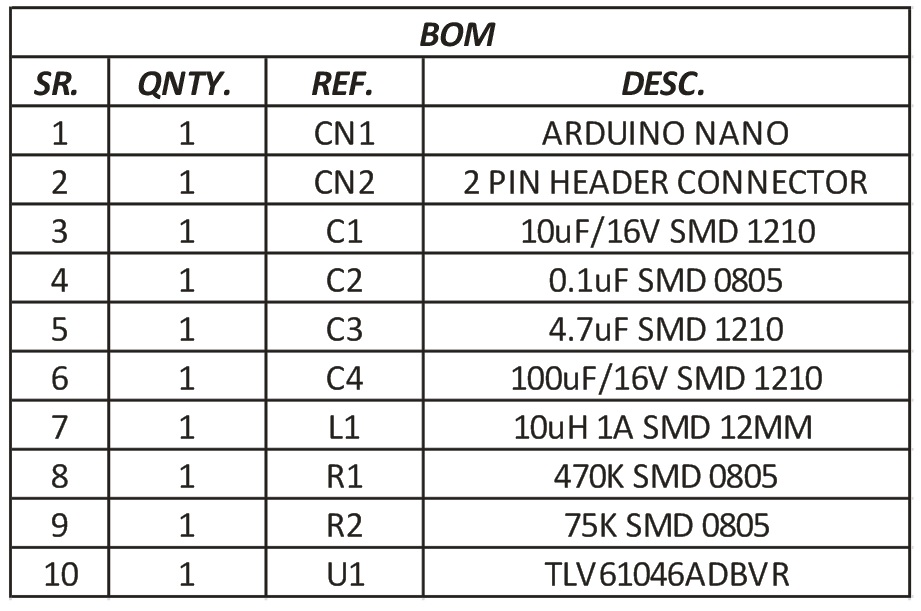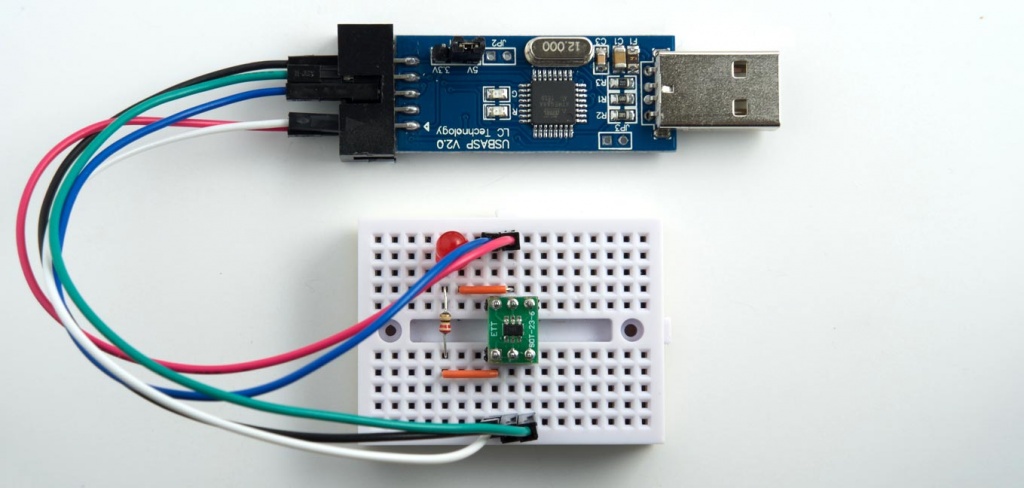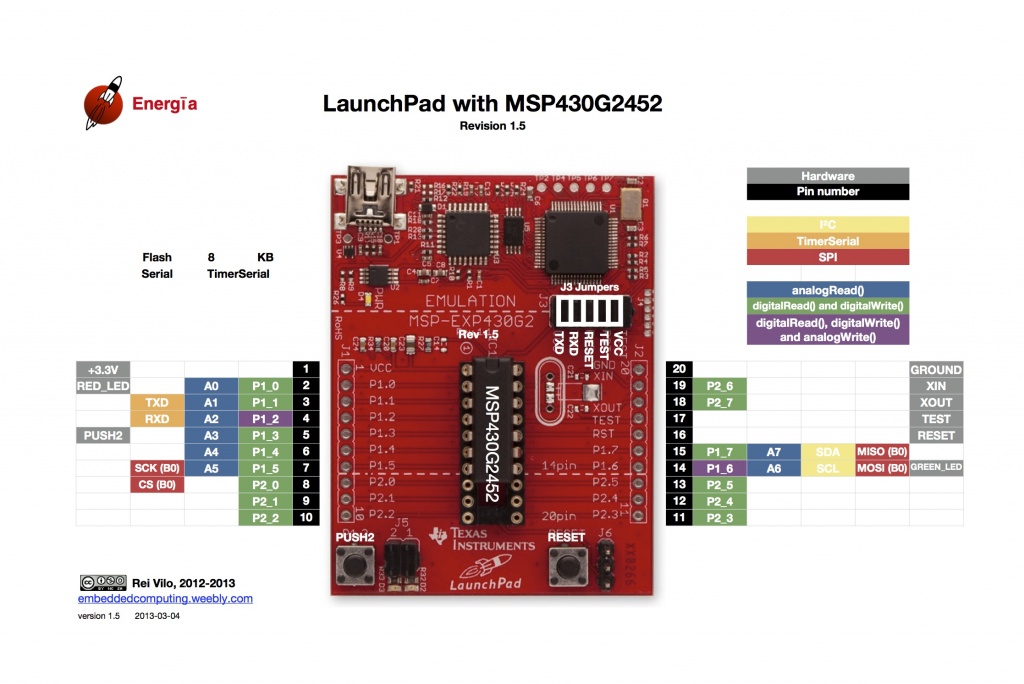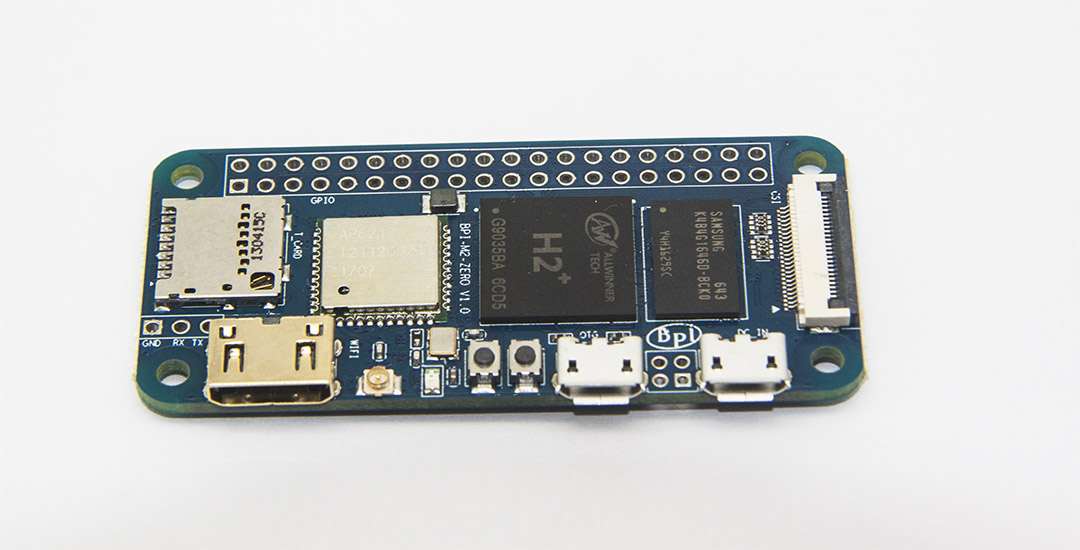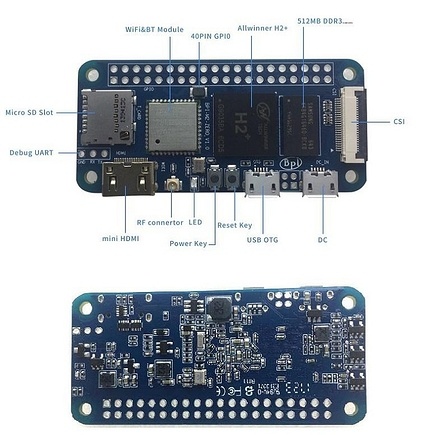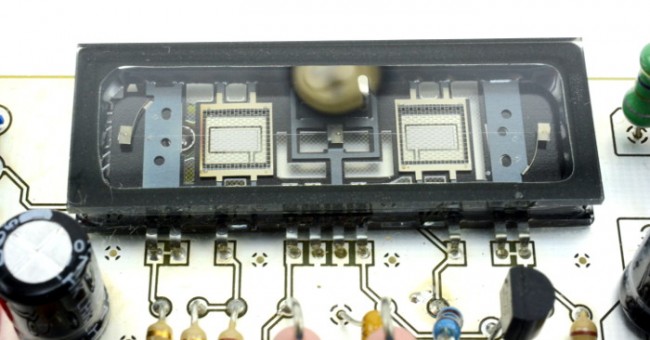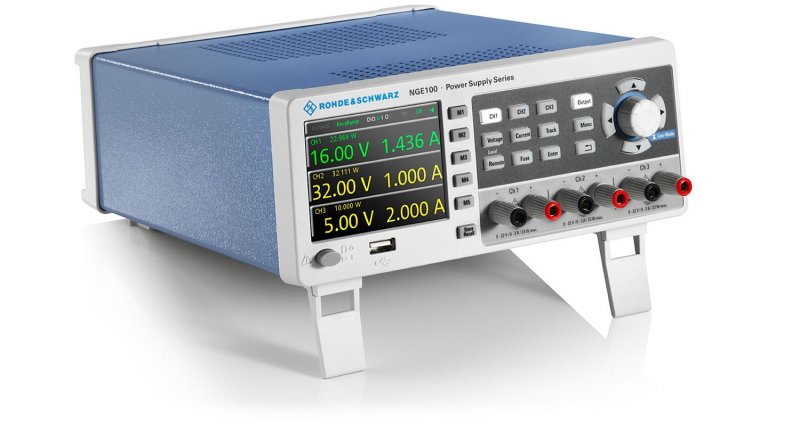This project is simple solution to power Arduino Nano from two 1.5V batteries. Circuit converts 2 X AA alkaline battery power into 6V 100mA using boost topology. Circuit uses SOT223-6 pin TLV61046A boost converter IC. The TLV61046A is a highly integrated boost converter designed for applications such as PMOLED panel, LCD bias supply and sensor module. The TLV61046A integrates a 30-V power switch, an input to output isolation switch, and a rectifier diode. It can output up to 28 V from input of a Li+ battery or two alkaline batteries in series. The TLV61046A operates with a switching frequency at 1.0 MHz. This allows the use of small external components. The TLV61046A has typical 980-mA switch current limit. It has 7-ms built-in soft start time to reduce the inrush current. The TLV61046A also implements output short circuit protection, output over-voltage protection and thermal shutdown. R1 and R2 connected to FB pin to set the output voltage 6V. R1 and R2 can be altered to set higher output voltage, refer data sheet for calculation. The board can be used as Arduino Nano shield or as stand-alone boost converter. It directly fits on top of the Arduino Nano and output is connected to VIN and GND pins of Nano.
2 X AA Battery To 6V Boost Converter For Arduino Nano – [Link]



